Np Array To Dataframe
Introduction:
NumPy is a popular Python library that offers support for large multi-dimensional arrays and matrices, along with a collection of mathematical functions to manipulate these arrays efficiently. On the other hand, Pandas is another widely-used library that provides data manipulation and analysis tools, with a primary focus on tabular data structures known as Dataframes. This article explores the various methods to convert NumPy arrays to Pandas Dataframes, along with the benefits and considerations associated with this conversion.
Benefits of Converting NumPy Arrays to Dataframes:
1. Enhanced Data Analysis: Pandas Dataframes offer several functionalities that are specifically designed for data analysis, such as data filtering, grouping, and aggregation. By converting NumPy arrays to Dataframes, you can leverage these powerful features to gain valuable insights from your data.
2. Easy Data Manipulation: Dataframes provide a simple and intuitive way to manipulate data, allowing you to perform operations like indexing and slicing easily. This flexibility makes it easier to clean, transform, and reshape your data according to your specific requirements.
3. Integration with Other Libraries: Dataframes seamlessly integrate with other popular Python libraries like Matplotlib and Scikit-learn. By converting NumPy arrays to Dataframes, you can leverage the capabilities of these libraries, enabling you to visualize and analyze your data more effectively.
Methods to Convert NumPy Arrays to Dataframes:
1. Using the pd.DataFrame() Function:
The most straightforward method to convert a NumPy array to a Dataframe is by using the pd.DataFrame() function. You can simply pass the NumPy array as an argument to this function, and it will create a Dataframe with default column names.
Example: df = pd.DataFrame(numpy_array)
2. Using the pd.Series() Function:
In case you have a 1-dimensional NumPy array, you can convert it to a Dataframe using the pd.Series() function. This function creates a single-column Dataframe with an index.
Example: df = pd.Series(numpy_array).to_frame()
3. Using np.vstack() and np.hstack() Functions:
If you have multiple NumPy arrays that need to be combined into a single Dataframe, you can use the np.vstack() and np.hstack() functions. The np.vstack() function stacks arrays vertically, while the np.hstack() function stacks arrays horizontally. By combining these functions, you can create a Dataframe with multiple columns.
Example: df = pd.DataFrame(np.hstack((array1, array2, array3)))
4. Using the numpy.ndarray Method:
NumPy arrays have a built-in method called ndarray.to_dataframe() that can be used to create a Dataframe directly from the array. However, this method is available only if you have the optional dependency ‘pandas >= 1.3’.
Example: df = numpy_array.to_dataframe()
Considerations when Converting NumPy Arrays to Dataframes:
1. Data Type Compatibility: Ensure that the data types in your NumPy arrays are compatible with Dataframes. NumPy arrays can contain different data types, but Dataframes typically require homogeneous data types within columns.
2. Column Names and Indexes: If your NumPy array does not have explicit column names or index values, Dataframes will assign default column names and indexes. It is recommended to provide meaningful names to columns and indexes to enhance data readability.
3. Performance Implications: Converting large NumPy arrays to Dataframes can have performance implications, especially if the arrays are not carefully managed. Consider using features like chunking and lazy evaluation to mitigate any potential performance issues.
FAQs:
Q: How can I add a NumPy array to an existing Pandas DataFrame?
To add a NumPy array as a new column to an existing DataFrame, you can create a new Series from the array and assign it to a new column name in the DataFrame.
Example: df[‘new_column’] = pd.Series(numpy_array)
Q: Can I convert a 2D NumPy array into a DataFrame?
Yes, a 2D NumPy array can be easily converted to a DataFrame using any of the methods mentioned earlier. The resulting DataFrame will have each column representing one-dimensional arrays within the original 2D array.
Q: How can I convert two NumPy arrays to a DataFrame with multiple columns?
You can make use of the np.hstack() function to horizontally stack multiple NumPy arrays into a single array, and then convert it into a DataFrame using the pd.DataFrame() function.
Example: df = pd.DataFrame(np.hstack((array1, array2)))
Q: Is it possible to convert an array of arrays into a DataFrame?
Yes, you can convert an array of arrays into a DataFrame by using either the np.vstack() or np.hstack() function, depending on how you want to stack the arrays.
Q: Can a NumPy array be converted into a list and then to a DataFrame?
Yes, it is possible to convert a NumPy array to a list first and then convert that list into a DataFrame using the pd.DataFrame() function.
Example: df = pd.DataFrame(numpy_array.tolist())
In conclusion, converting NumPy arrays to Pandas Dataframes provides numerous benefits and enables advanced data analysis and manipulation. Depending on the requirements, one can choose from various methods to accomplish this conversion. However, it is crucial to consider data compatibility, column names, indexes, and potential performance implications to ensure effective data handling.
How To Conver Numpy Array Into A Dataframe | Pandas Exercises
Keywords searched by users: np array to dataframe Add numpy array to pandas DataFrame, Convert array to dataframe, 2d array to dataframe, Convert two array to dataframe, Np to array, Convert array of array to dataframe, NumPy array to list, List to DataFrame
Categories: Top 68 Np Array To Dataframe
See more here: nhanvietluanvan.com
Add Numpy Array To Pandas Dataframe
Pandas is a popular and powerful tool for data manipulation and analysis in Python. It provides data structures and functions necessary to efficiently manage large datasets. One essential feature of Pandas is the ability to combine different types of data structures seamlessly. In this article, we will focus on adding a numpy array to a pandas DataFrame.
What is a numpy array?
Before we dive into the process of adding a numpy array to a pandas DataFrame, let’s briefly understand what a numpy array is. Numpy is a fundamental package for scientific computing in Python. It provides efficient and flexible data structures to store and manipulate large numerical arrays. The numpy array is a homogeneous, multi-dimensional collection of elements with a fixed size. Numpy arrays are highly optimized for numerical computations, making it an ideal choice for scientific and numeric applications.
What is a pandas DataFrame?
A pandas DataFrame is a two-dimensional, labeled data structure capable of holding data of different types. It is similar to a table or a spreadsheet, where data is organized in rows and columns. The DataFrame provides a rich set of functions for data manipulation, including indexing, slicing, merging, and reshaping. Pandas also offers numerous operations to handle missing data and perform statistical computations efficiently.
Adding a numpy array to a pandas DataFrame
To add a numpy array to a pandas DataFrame, we need to follow a few simple steps. Let’s assume we have a numpy array called `my_array`, and we want to add it to an existing DataFrame named `my_dataframe`. Here’s how we can achieve this:
1. Import the required dependencies
In order to work with pandas and numpy, we need to import them into our Python script or Jupyter notebook. We can do this by using the `import` keyword:
“`python
import pandas as pd
import numpy as np
“`
2. Create a DataFrame from the numpy array
Next, we create a DataFrame from the numpy array. We can do this by passing the array as an argument to the pandas DataFrame constructor:
“`python
my_dataframe = pd.DataFrame(my_array)
“`
3. Customize the DataFrame
Depending on our requirements, we might need to customize the DataFrame further. We can set column names, index labels, and specify data types using various pandas DataFrame methods and attributes.
“`python
my_dataframe.columns = [‘Column 1’, ‘Column 2’, …] # Set column names
my_dataframe.index = [‘Row 1’, ‘Row 2’, …] # Set index labels
my_dataframe = my_dataframe.astype(int) # Set data type to integer
“`
4. Add the numpy array to the DataFrame
Finally, we add the numpy array to the DataFrame by assigning it to a new column. We can access the DataFrame columns using bracket notation or the dot notation.
“`python
my_dataframe[‘New Column’] = my_array
“`
Frequently Asked Questions (FAQs):
Q: Can I add a numpy array with a different shape to a pandas DataFrame?
A: No, the shape of the numpy array should match the number of rows in the DataFrame. If the shapes do not match, a ValueError will occur.
Q: How can I add multiple numpy arrays to a DataFrame?
A: You can add multiple numpy arrays to a DataFrame by creating new columns for each array. Simply assign each array to a new column using the bracket or dot notation.
Q: What happens if I add a numpy array with fewer elements than the DataFrame?
A: If the numpy array has fewer elements than the DataFrame, pandas will automatically fill the remaining entries with NaN (Not a Number) values.
Q: Can I add a numpy array as a new row in a DataFrame?
A: No, a numpy array cannot be added as a new row directly. However, you can add a new row by appending a DataFrame or a dictionary to an existing DataFrame.
Q: Are there any performance considerations when adding a numpy array to a DataFrame?
A: Pandas efficiently handles numpy array conversions and operations. However, if dealing with large datasets, it is recommended to use pandas methods or functions that operate on entire columns or rows for better performance.
In conclusion, adding a numpy array to a pandas DataFrame is a straightforward process that can be accomplished in a few simple steps. The combined power of pandas and numpy allows for efficient data manipulation and analysis, making them indispensable tools for any data scientist or analyst.
Convert Array To Dataframe
When working with data analysis and manipulation, the ability to convert an array to a dataframe is an essential skill. A dataframe is a two-dimensional labeled data structure that is widely used in pandas, a powerful data manipulation library in Python. In this article, we will explore the process of converting an array to a dataframe in depth.
Understanding Arrays and DataFrames
Before we delve into the conversion process, it is crucial to have a clear understanding of arrays and dataframes. An array is a collection of elements of the same data type arranged in a specific order. It can be a one-dimensional, two-dimensional, or multi-dimensional structure. In contrast, a dataframe is a multidimensional table-like data structure with rows and columns. In pandas, a dataframe is analogous to a spreadsheet.
Conversion Methods
There are several methods available to convert an array to a dataframe in various programming languages. In Python, the most common approach is to use the pandas library. Below, we will discuss the most widely used techniques.
Using pandas.DataFrame()
The pandas.DataFrame() function allows us to create a dataframe from an array. This function can take different parameters, such as data, index, and columns. The ‘data’ parameter represents the array you want to convert. Here’s an example that demonstrates this procedure:
import pandas as pd
import numpy as np
arr = np.array([[1, 2], [3, 4]])
df = pd.DataFrame(arr)
In the above code snippet, we import the necessary libraries, define an array ‘arr,’ and then pass it as a parameter to the DataFrame() function. Upon execution, the array ‘arr’ is successfully converted into a dataframe ‘df.’
Using pandas.DataFrame.from_records()
Another method to accomplish the conversion is by using the pandas.DataFrame.from_records() function. This function takes records of arrays and creates a dataframe. It provides flexibility in handling different types of arrays, including structured arrays. Consider the following example:
import pandas as pd
import numpy as np
arr = np.array([(1, ‘John’), (2, ‘Alice’), (3, ‘Bob’)], dtype=[(‘ID’, ‘int64’), (‘Name’, ‘object’)])
df = pd.DataFrame.from_records(arr)
In this example, we define a structured array ‘arr’ with columns ‘ID’ and ‘Name.’ By invoking the DataFrame.from_records() function, we obtain a dataframe ‘df’ with labeled columns.
Using pandas.DataFrame.append()
The pandas.DataFrame.append() method lets us append an array to an existing dataframe. This technique is useful when we want to add additional data to an already populated dataframe. Here’s an example showcasing this method:
import pandas as pd
import numpy as np
arr = np.array([[5, 6], [7, 8]])
df = pd.DataFrame([[1, 2], [3, 4]], columns=[‘A’, ‘B’])
df = df.append(pd.DataFrame(arr, columns=[‘A’, ‘B’]), ignore_index=True)
In this code snippet, we first create an array ‘arr.’ Then, we construct a dataframe ‘df’ with two columns, ‘A’ and ‘B.’ By employing the DataFrame.append() method, we append ‘arr’ to ‘df,’ resulting in an updated dataframe.
FAQs:
Q: Can I convert a multi-dimensional array to a dataframe?
A: Yes, pandas supports converting multi-dimensional arrays to dataframes. You can use the pandas.DataFrame() function by providing the multi-dimensional array as the input.
Q: What happens if my array has missing values?
A: By default, pandas represents missing or null values as ‘NaN’ (Not a Number) in the resulting dataframe.
Q: Are there any limitations when converting arrays to dataframes?
A: While pandas offers efficient conversion methods, memory limitations can arise when working with extremely large arrays. It is essential to consider the available memory and resources when converting arrays to dataframes.
Q: Can I convert an array to a dataframe in languages other than Python?
A: Yes, other programming languages, such as R and Julia, also provide libraries or functions to convert arrays to dataframes.
In conclusion, converting an array to a dataframe is an essential process in data analysis and manipulation. By utilizing the appropriate methods and techniques, such as pandas.DataFrame() and pandas.DataFrame.from_records(), you can efficiently convert arrays to dataframes in Python. Remember to consider the specific requirements of your data and the available resources to achieve optimal results.
Images related to the topic np array to dataframe

Found 5 images related to np array to dataframe theme
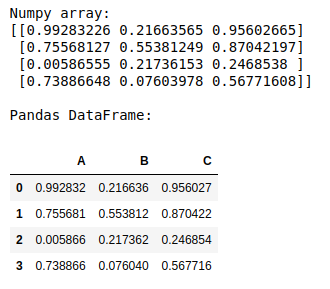

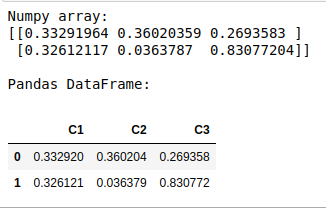
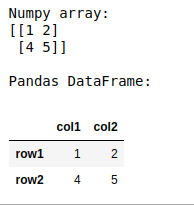


![How to Convert Pandas DataFrames to NumPy Arrays [+ Examples] How To Convert Pandas Dataframes To Numpy Arrays [+ Examples]](https://blog.hubspot.com/hs-fs/hubfs/Google%20Drive%20Integration/Pandas%20DataFrame%20to%20NumPy%20Array%20(V4)-Feb-17-2022-09-21-15-77-PM.png?width=591&height=293&name=Pandas%20DataFrame%20to%20NumPy%20Array%20(V4)-Feb-17-2022-09-21-15-77-PM.png)

![Converting Pandas DataFrame to Numpy Array [Step-By-Step] - AskPython Converting Pandas Dataframe To Numpy Array [Step-By-Step] - Askpython](https://www.askpython.com/wp-content/uploads/2021/07/Python-code-to-convert.png)

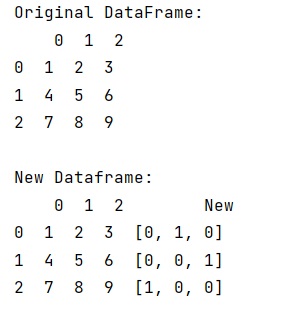
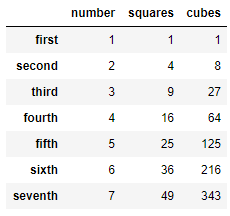







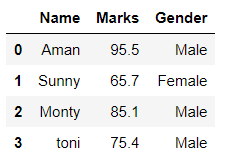


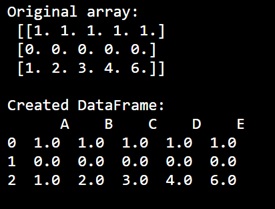


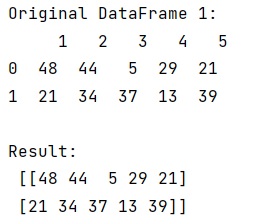








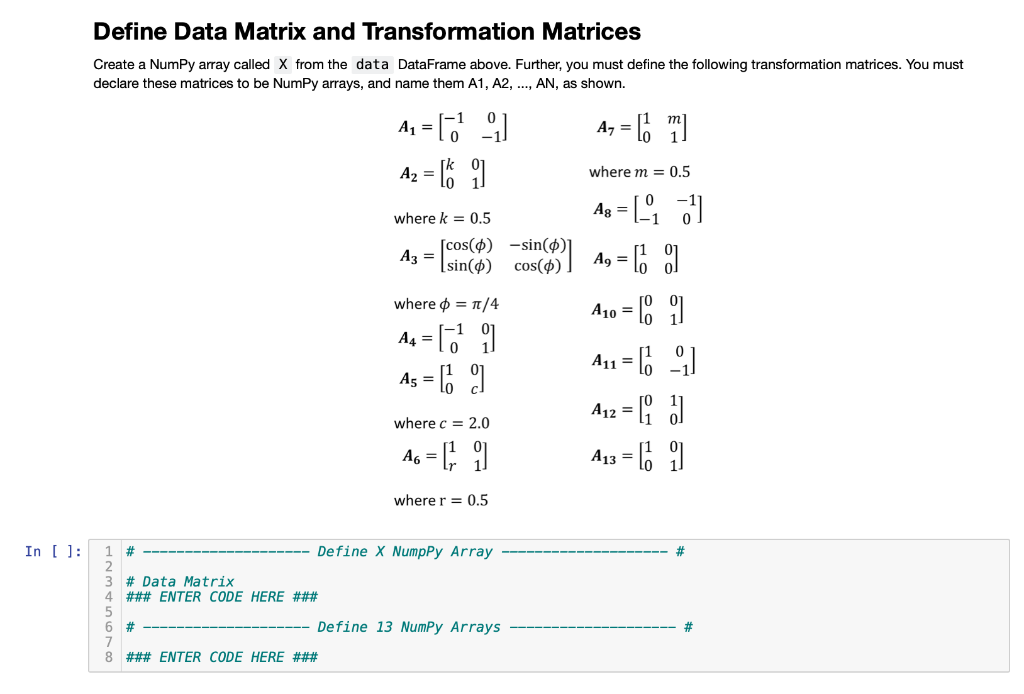


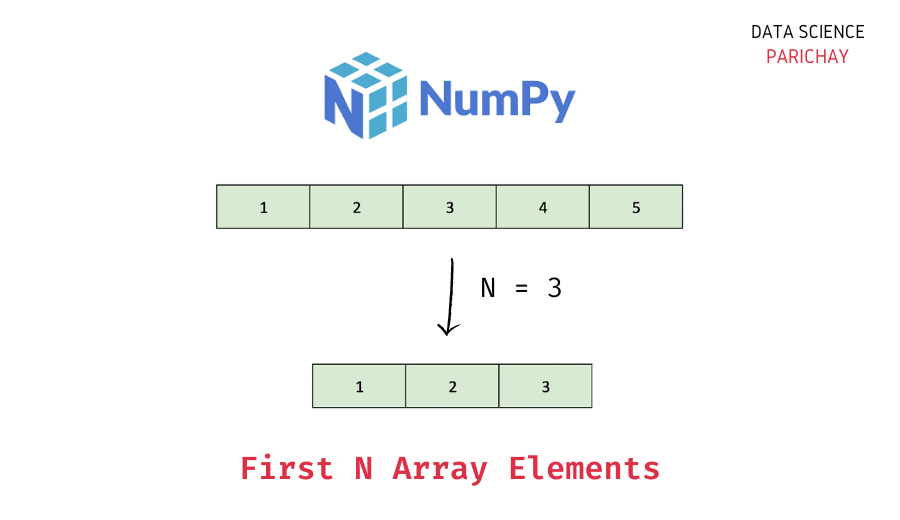


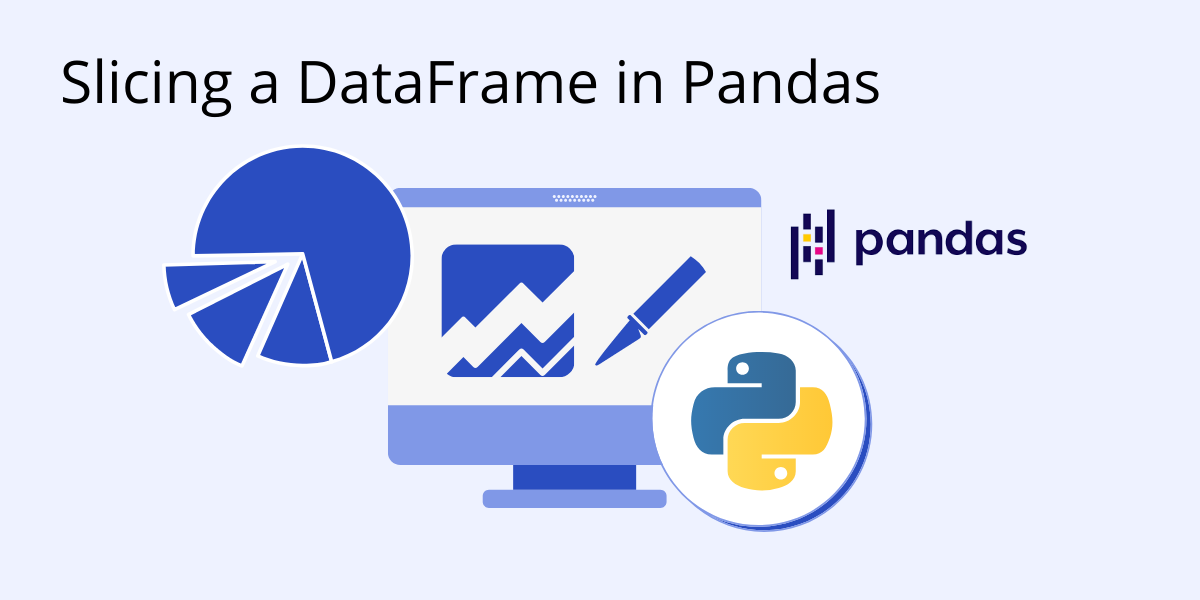






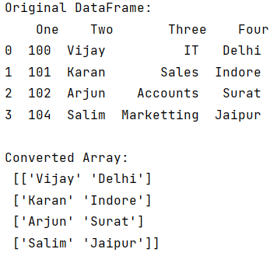
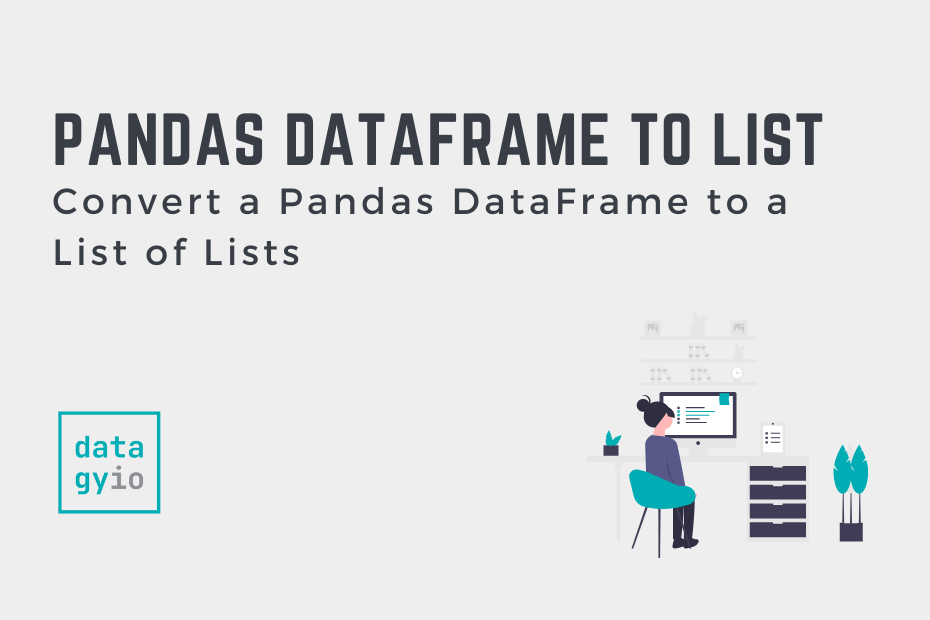
Article link: np array to dataframe.
Learn more about the topic np array to dataframe.
- How to Convert NumPy Array to Pandas DataFrame
- Convert NumPy Array to Pandas DataFrame
- Creating a Pandas DataFrame from a Numpy array: How do I …
- How to Convert a NumPy Array to Pandas Dataframe
- How to create Pandas DataFrame from a Numpy array in Python
- Convert NumPy array to Pandas DataFrame (15+ Scenarios)
- pandas.DataFrame.to_numpy — pandas 2.0.3 documentation
See more: https://nhanvietluanvan.com/luat-hoc/